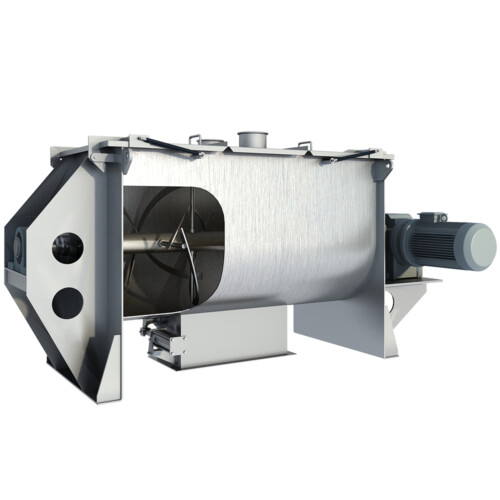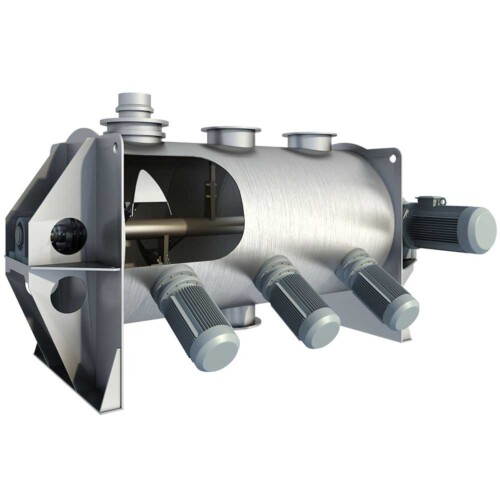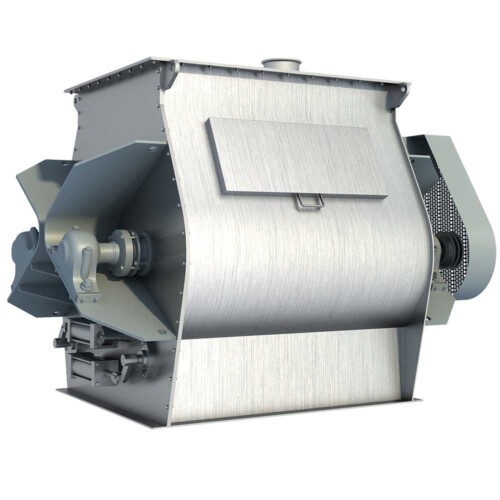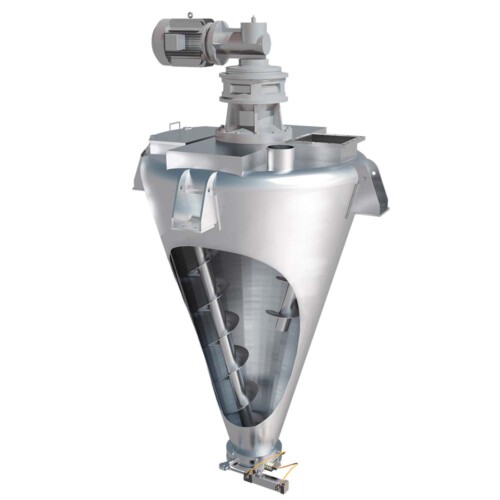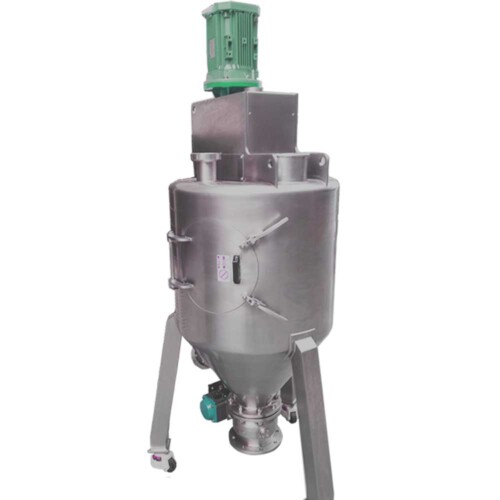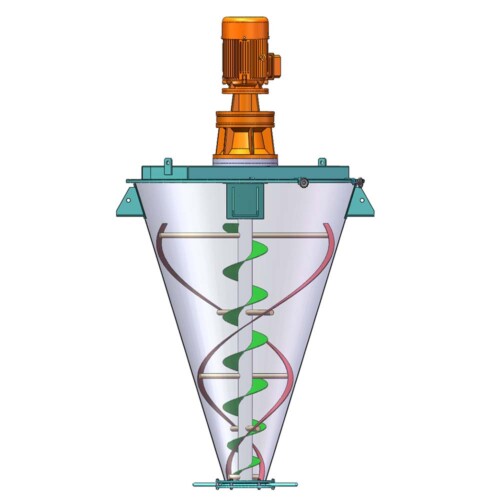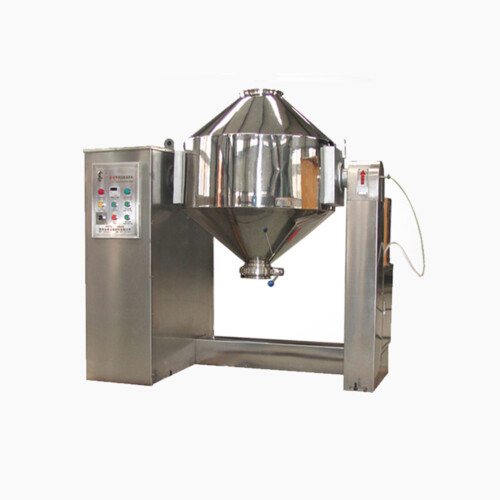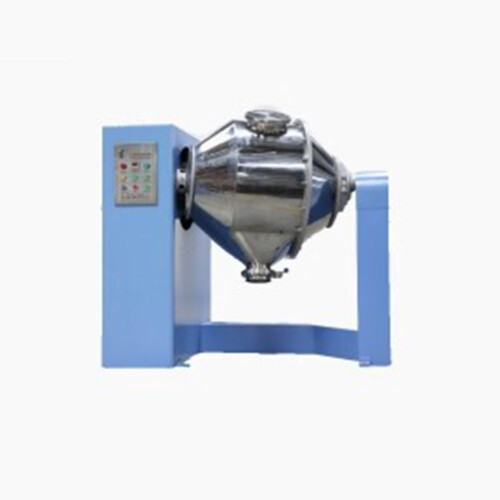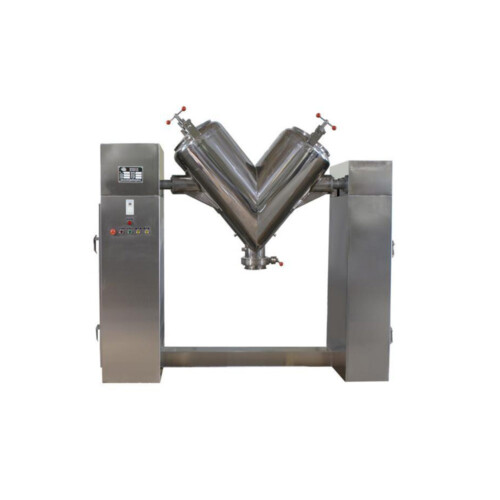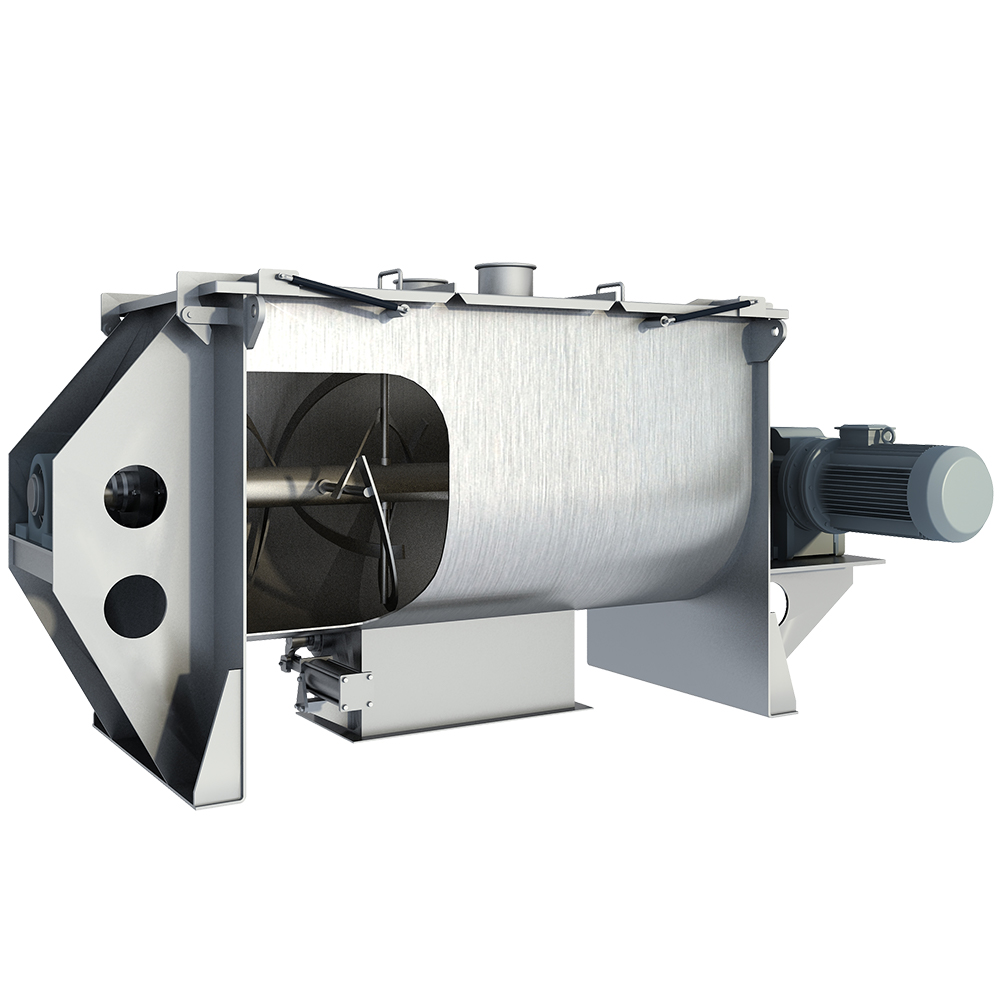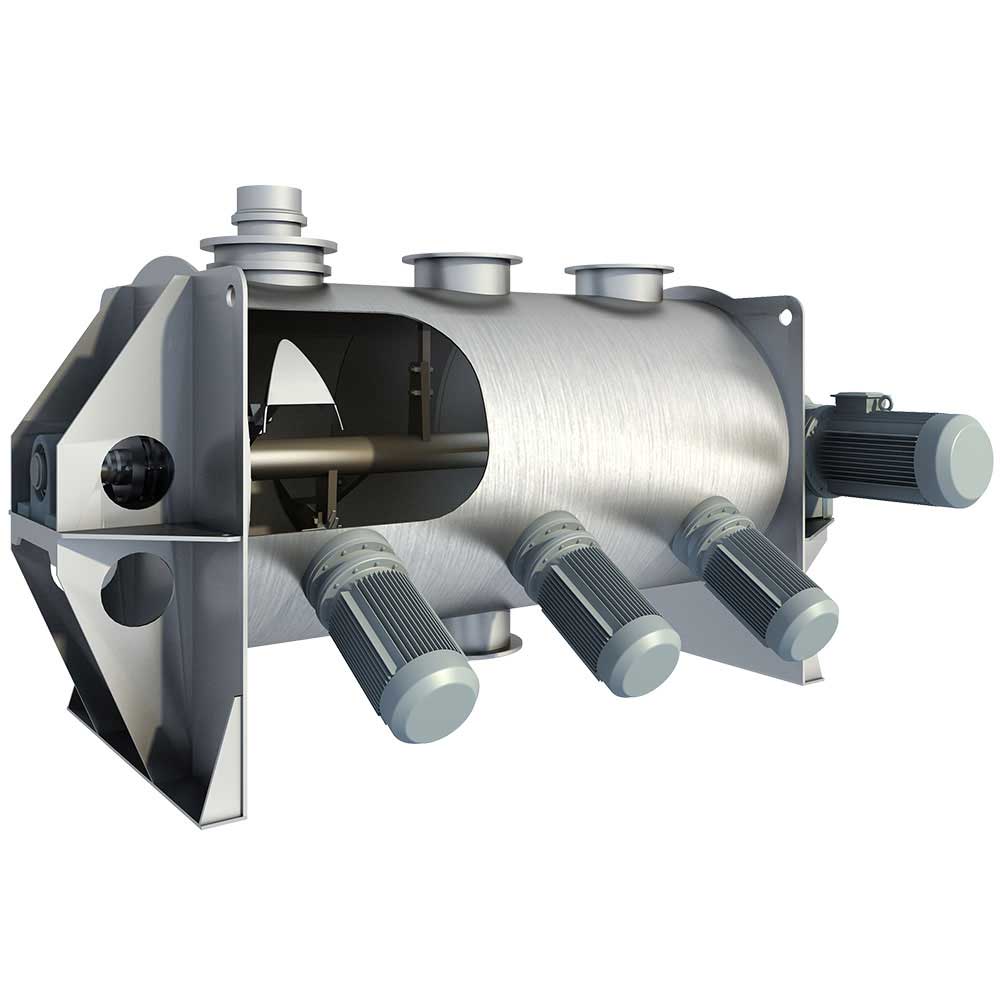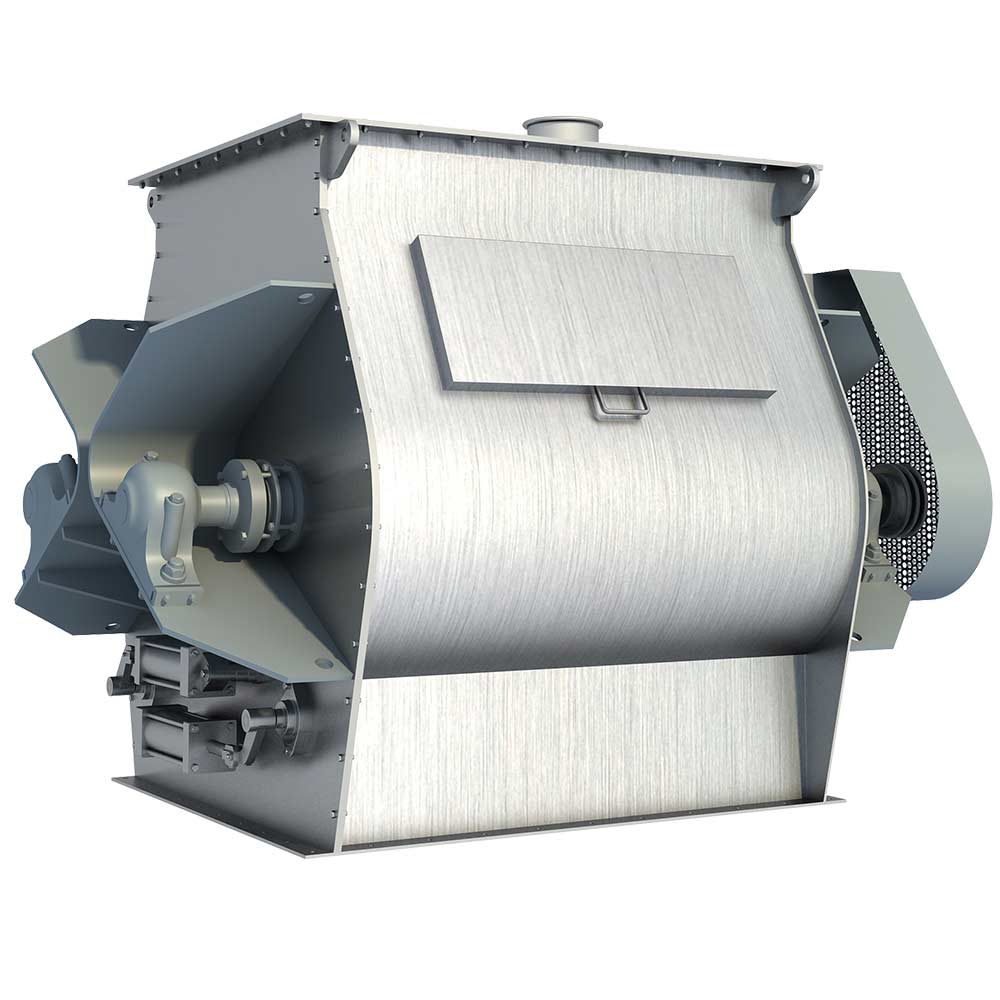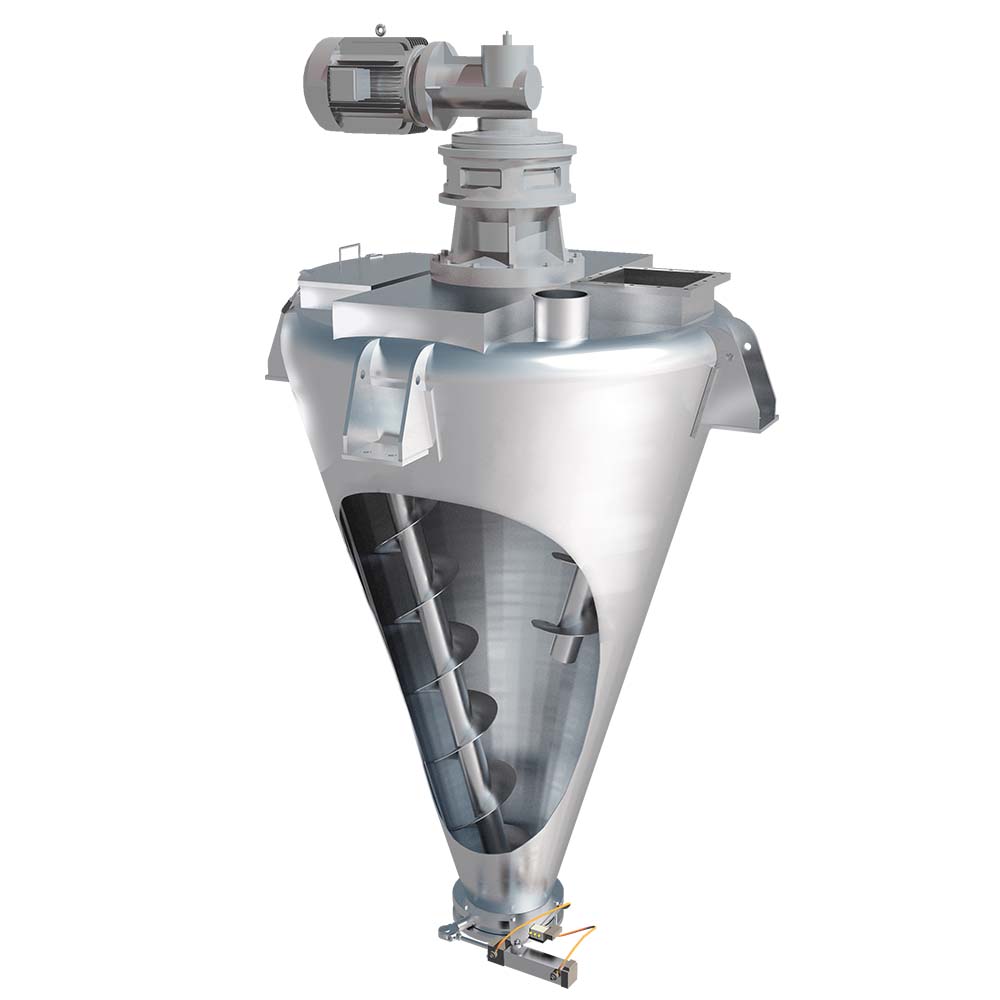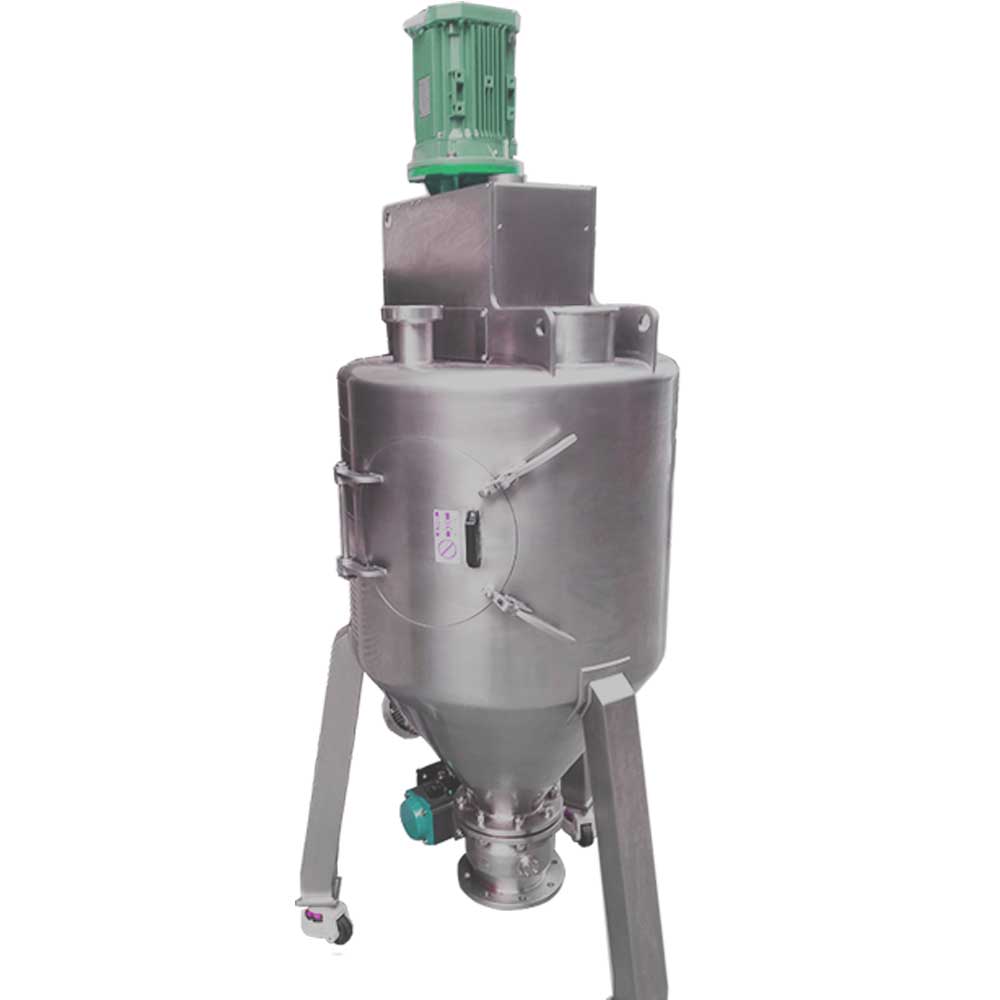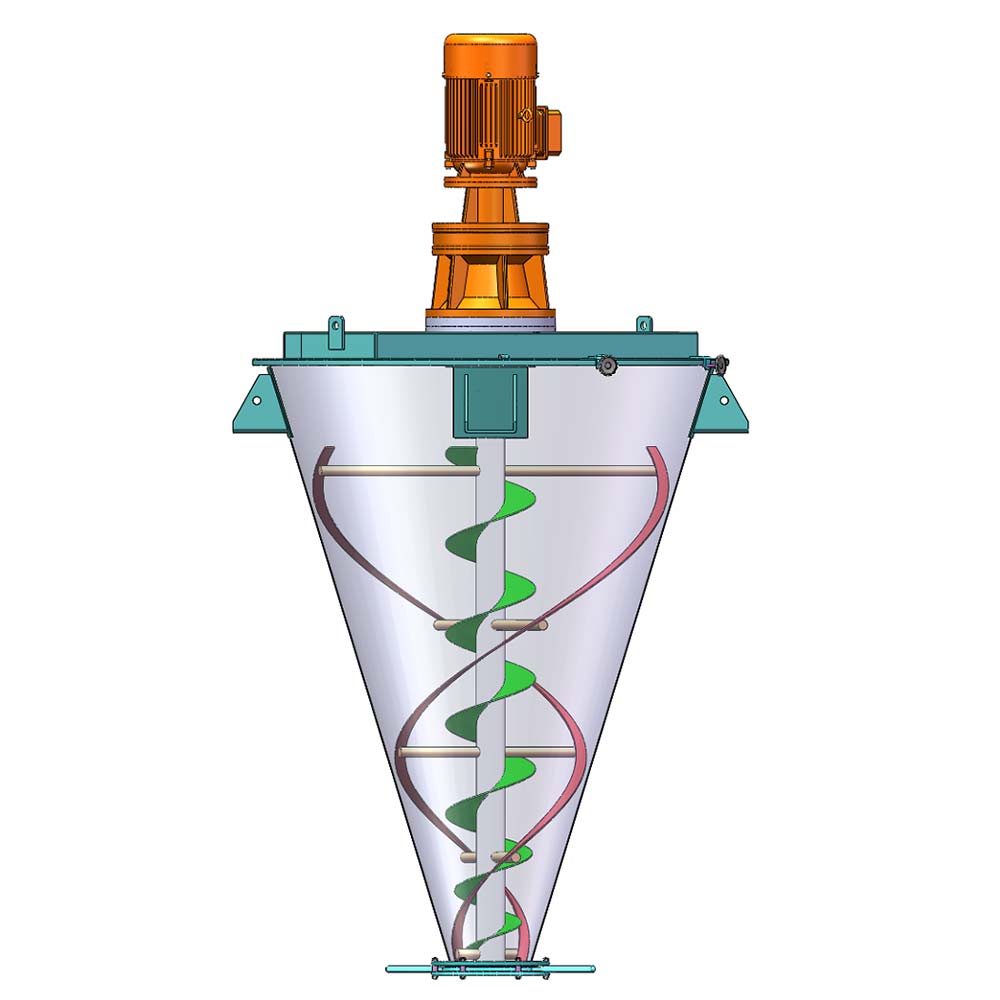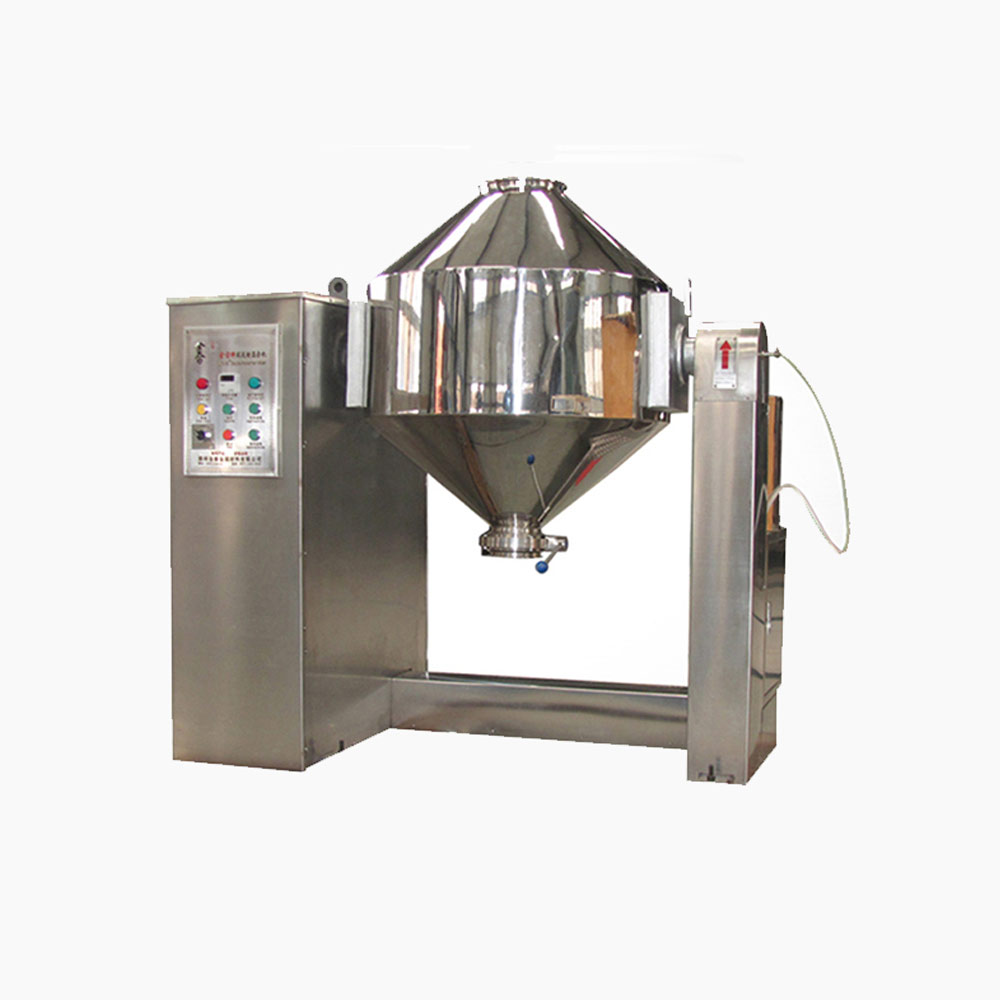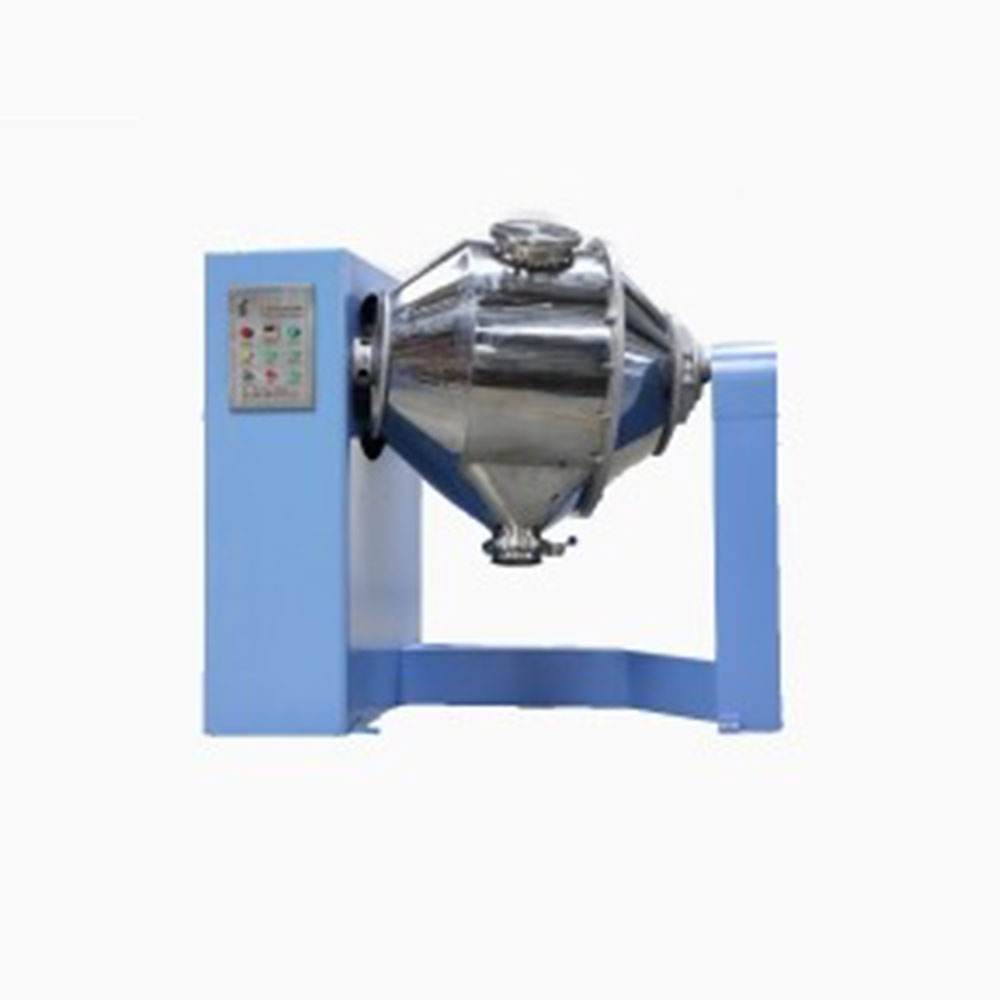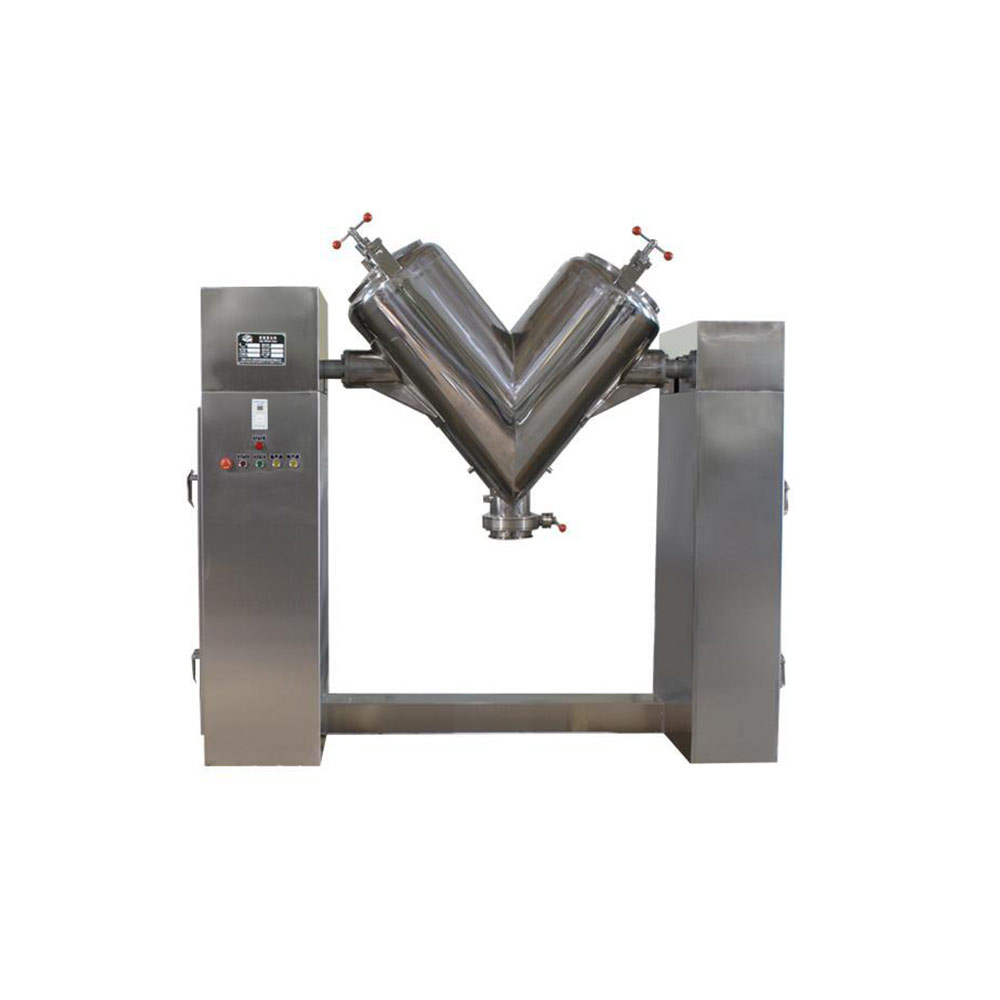Ask An Expert
Frequently Asked Questions
Yes, We can supply simple stand alone panels or automated PLC controlled systems. We normally install and test all controls on our mixers before they are shipped.
Yes, we normally test the mixers before they are shipped and mark out the wire need to connect on the control box.
We manufacture specialty mixing equipment for powder & bulk materials. Included are ribbon blender, plough mixer, conical screw mixer, twin shaft paddle mixer, V blender, double cone blender and other auxiliary equipment such as screw conveyor, quantitive auger filler.
We sell across the world, our cusotmers distribute 5 continents.
Share Us With Your Network
Understanding the Difference Between Vertical Mixers, Horizontal Mixers, and Rotary Mixers And How They Works
Introduction:
Industrial establishments throughout numerous sectors depend strongly on mixer technology. Different industries rely on mixers to blend various ingredients through their processes for achieving uniform results in the preparation of animal feed alongside food production and building material manufacturing. The selection of an appropriate mixer type brings major impact on manufacturing efficiency alongside creation of superior products and control of operating expenses. Three mixing machine designs which see active use include vertical mixers and horizontal mixers together with rotary mixers. Three mixer systems exist with distinctive features alongside benefits and correct operational settings.
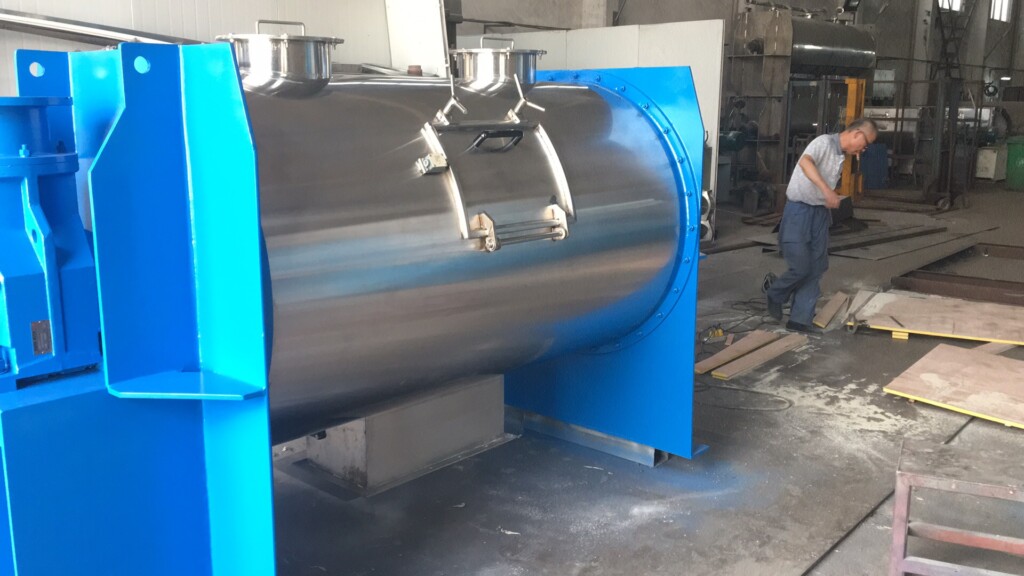
What Are Vertical Mixers?
Vertical mixers consist of mixing systems that combine material movement through an upward-downward rotational motion of both shaft and agitator. The mixer’s design facilitates the use of gravity which moves materials towards the mixing zone through gravity.
Vertical mixers serve as the main equipment choice in agricultural industries for feeding animal farms. Vertical mixers operate effectively in small-scale manufacturing spaces as well as food processing facilities which process smaller production sizes.
Advantages of Vertical Mixers
Vertical mixers provide several advantages suitable for particular industrial uses. A vertical mixer presents an attractive option for businesses because its pricing falls within reach of operations that need to control their expenses. The basic operating design of vertical mixers creates few machine components which helps maintain operations while minimizing downtime.
A significant advantage of vertical mixers allows users to process different batch amounts while maintaining perfect mixing results. Vertical mixers prove their worth for combining dry substances and powders when complete ingredient distribution is necessary.
Limitations of Vertical Mixers
Vertical mixers bring several advantages to operations however they do have restrictions that limit suitable usage. Vertical mixers have the disadvantage of lower mixing speed performance than horizontal mixers. The gradual mixing process turns into a production limitation when working with high-volume manufacturing operations.
Vertical mixers show limitations in processing watery substances since moisture-based materials tend to attach onto mixing surfaces leading to performance degradation.
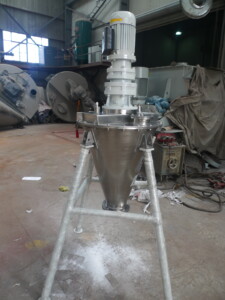
What Are Horizontal Mixers?
Horizontal mixers operate using a horizontal shaft to construct paddle or ribbon instruments which execute material mixing. The horizontal motion facilitates rapid and complete blending so these mixing devices find success in industrial applications needing fast processing combined with uniform results.
The food production sector and pharmaceuticals industry together with chemical manufacturing and construction businesses depend on horizontal mixers because they need to mix large amounts quickly.
Advantages of Horizontal Mixers
Horizontal mixers deliver their main strength through their rapid and complete mixture results. The equipment design ensures that a wide range of substances from powders to pastes and fluids can be blended uniformly. Horizontal mixers execute their mixing operations at a more forceful level than vertical mixers which produces accelerated processing durations.
Horizontal mixers implement various agitator types such as paddles ribbons or ploughshares because users need them to meet their specific mixing applications. The design framework enables these mixers to become suitable for extensive industrial markets and product ranges.
Limitations of Horizontal Mixers?
The extensive set of advantages provided by horizontal mixers comes with certain system constraints. These mixers need additional area because of their configuration. The capital expenses for these mixers plus their operational costs reach higher numbers. Extended maintenance responsibilities exist due to both the product’s sophisticated machinery structure and multiple operational components.
The expansive mixing chambers within horizontal mixers create a disadvantage for processing very small batch quantities because they generate unnecessary resource loss when unoptimized.
What Are Rotary Mixers?
Rotary mixers, sometimes referred to as drum mixers or rotary drum blenders, operate by rotating a drum that contains the material to be mixed. The drum’s spinning movement allows material contents to tumble together because of gravity effects paired with motion shifts instead of implementing mechanical motions.
Rotary mixers serve as key equipment for the chemical industry along with mineral sector and construction field for their ability to blend bulk solids with gentleness. These mixers exist in two main application fields which include agricultural and recycling.
Advantages of Rotary Mixers
The gentle operational characteristics of rotary mixers protect fragile materials from harm that would exist if stronger mixing methods were used. The device provides delicate mixing operation that protects against product deterioration thus making them suitable for delicate materials.
These mixers show excellent results when processing big material quantities while merging substances of disparate density and size distribution. The basic structure of rotary mixers leads to cost-effective operations because they use little power while performing their functions.
Limitations of Rotary Mixers
A rotary mixer does not function well with an entire range of material types. These mixers fail to create adequate homogeneity when processing fine particles and sticky substances since their tumbling motion cannot reach required uniformity levels.
The mixing durations of rotary mixers exceed those of horizontal mixers so they should not be utilized in situations demanding rapid processing. The cleaning process of rotary mixers proves difficult because of their enclosed drum structure which makes it harder to remove residues from the walls.
The comparison between Vertical Mixers and Horizontal Mixers and Rotary Mixers
To summarize the differences
| Feature | Vertical Mixers | Horizontal Mixers | Rotary Mixers |
| Mixing Speed | Slower | Fast | Moderate |
| Cost | Lower | Higher | Moderate |
| Maintenance | Low | Higher | Low |
| Space Requirement | Compact | Larger footprint | Moderate |
| Cleaning Ease | Easy | Moderate | Difficult |
The Selection of an Ideal Mixer Depends on Your Process Needs:
- The selection between vertical mixers horizontal mixers and rotary mixers should be based on these specific elements
- Dry powders require different blend characteristics from wet materials or fragile products
- The mixing speed of equipment increases significantly when it handles high batch volumes and production levels.
- The production requirements dictate whether rapid mixing speeds become essential for maintaining high operational output.
- The physical space needs of mixers differ according to model type
- Cost requirements together with future maintenance expenses should be compatible with available financial resources.
- The mixing process takes place through vertical gravity displacement with vertical agitation and combines horizontal aggressive mixing while using rotational tumbling motion.
- Dry materials together with small or medium sized batches require this mixer but high-volume production counts on moist materials and the same applies to bulk solids or fragile materials.
Ease of cleaning and maintenance Critical in industries with strict hygiene standards.
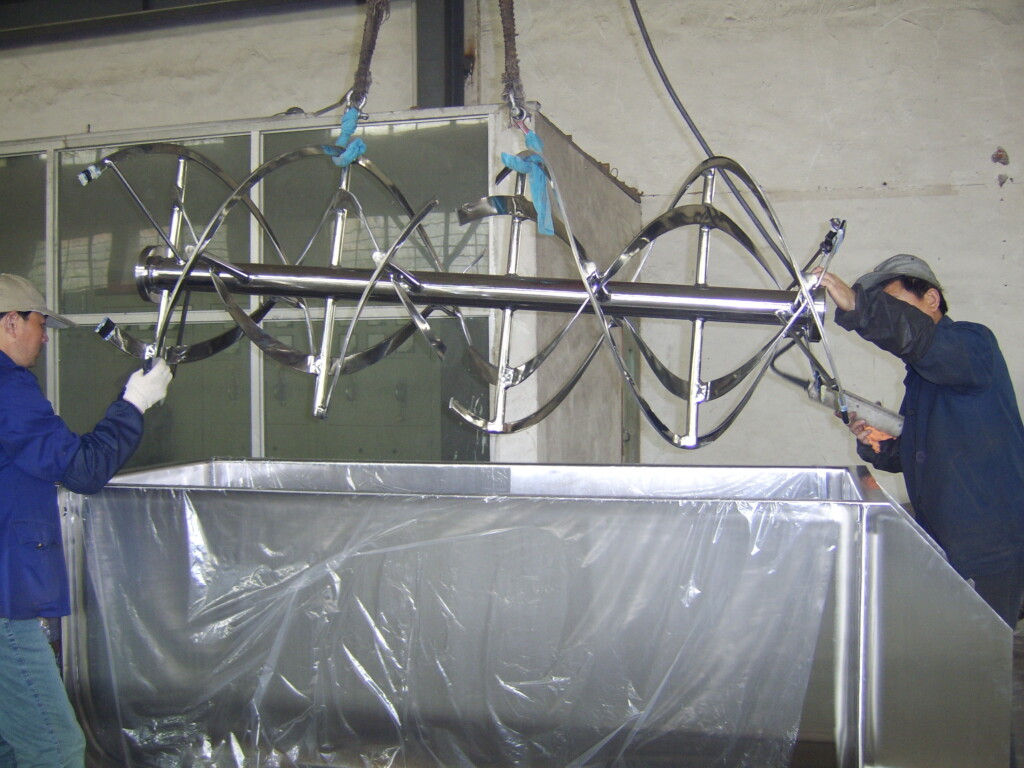
Conclusion
Vertical mixers, horizontal mixers, and rotary mixers each offer distinct benefits and challenges. Each mixer works best for particular manufacturing conditions. A proper mixer selection depends on your manufacturing requirements coupled with material attributes together with resource availability and future business objectives. An efficient mixer selection requires detailed factor evaluation which leads to choosing an equipment that maximizes productivity while reducing waste and reaching industry-defined quality benchmarks.
Ask An Expert

